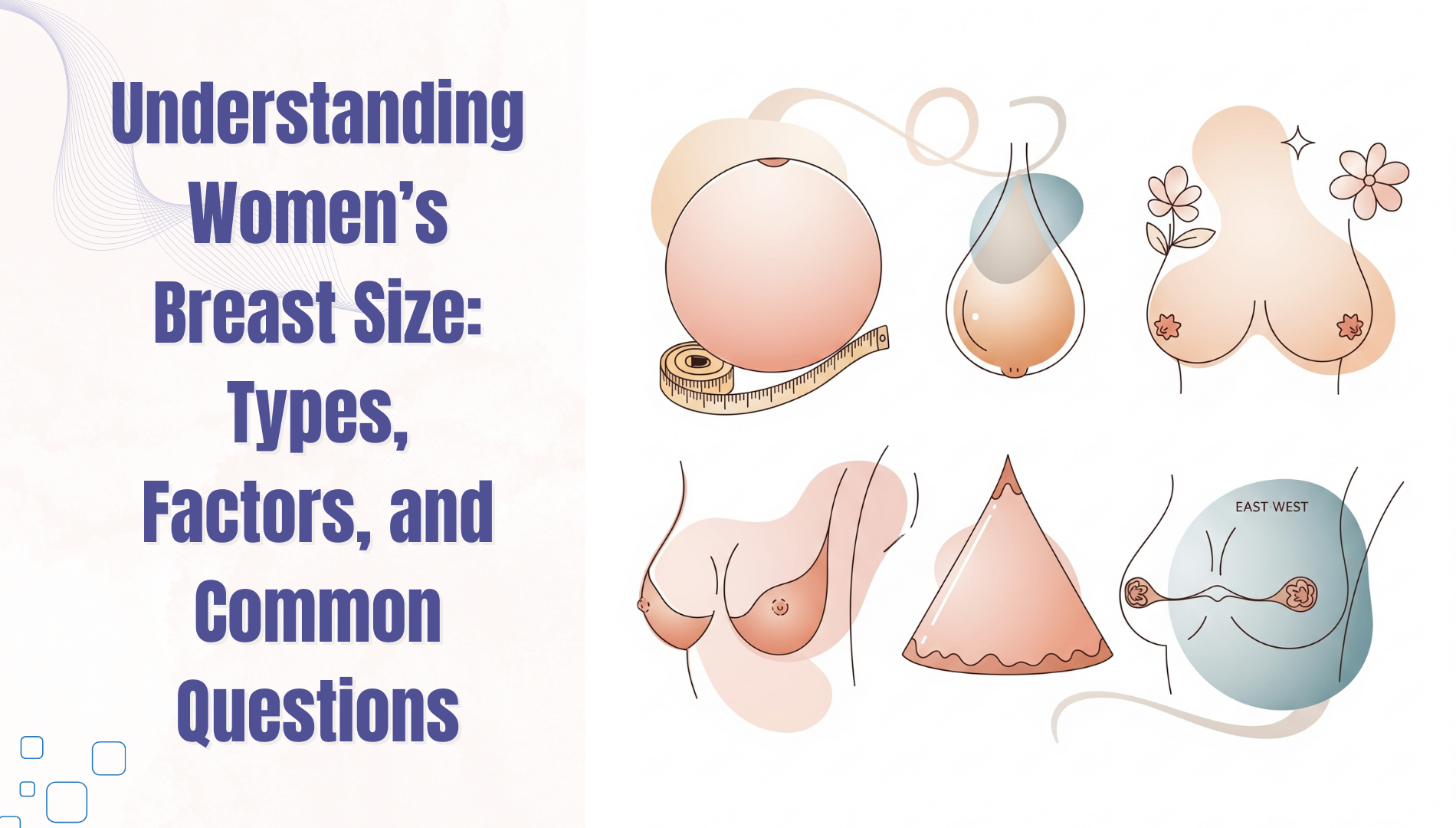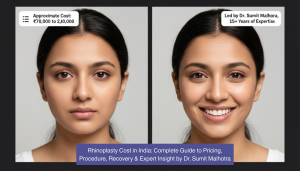Breast size is one of the most widely discussed topics in women’s health, aesthetics, and body image. It varies greatly from person to person and is influenced by a combination of genetics, hormones, lifestyle, and natural aging. For some women, breast size is primarily about aesthetics, while for others it directly affects comfort, clothing choices, and even physical health.
While breast size is often associated with beauty standards, the reality is much broader. It is also about function, proportion, confidence, and health considerations. Understanding the different types of breast shapes and sizes, the factors that influence them, and the myths surrounding breast development can help women make informed choices about their bodies.
This guide provides a detailed overview of women’s breast size — covering common shapes, influencing factors, measurement methods, misconceptions, and the connection between breast size and self-image. It also addresses cosmetic considerations and medical options for women seeking changes, highlighting the importance of consulting an experienced plastic surgeon for professional guidance.
Types of Breast Shapes and Sizes
Every woman’s breasts are unique. Still, medical and cosmetic professionals often categorize them into general shapes and patterns to better describe common variations.
1. Round Breasts

- Evenly full at the top and bottom.
- Symmetrical and balanced in shape.
- Often considered the “classic” shape in aesthetic terms.
2. Teardrop / Bell-Shaped Breasts
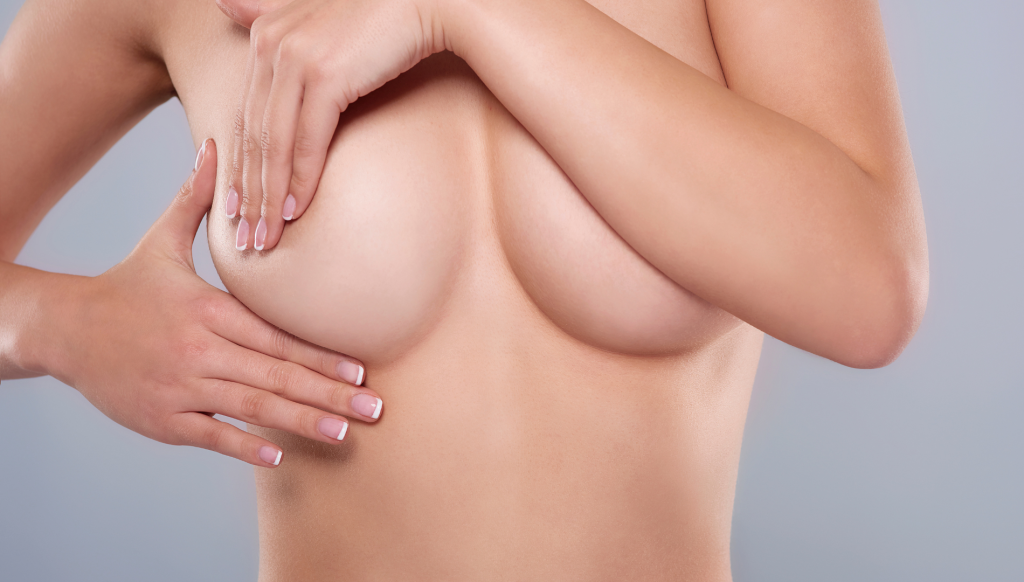
- Fuller at the bottom with a gentle slope at the top.
- A natural appearance that is common after puberty or pregnancy.
3. Asymmetrical Breasts
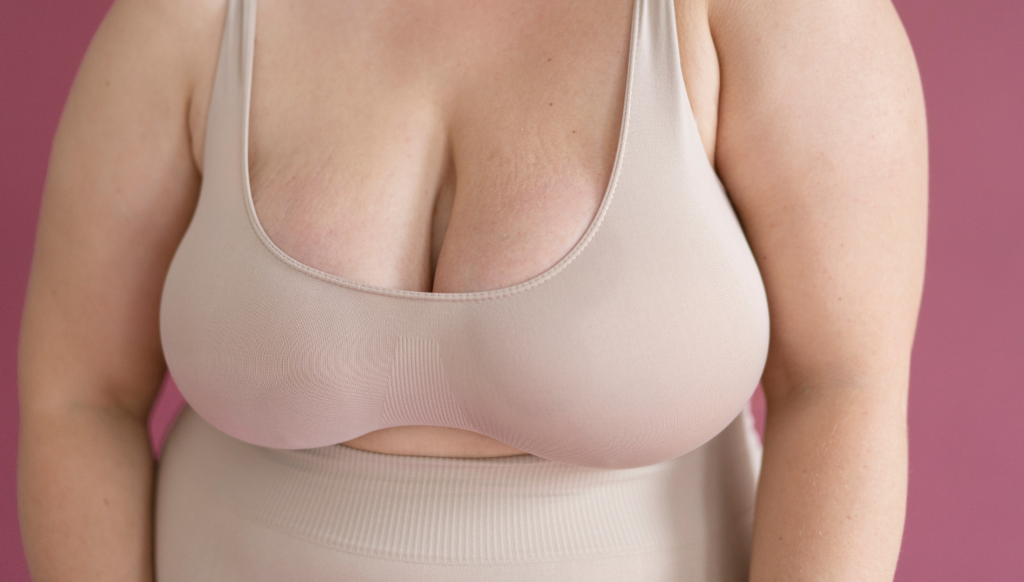
- One breast is slightly larger, smaller, or shaped differently than the other.
- This is extremely common — nearly all women have some degree of asymmetry.
4. Conical or Tubular Breasts
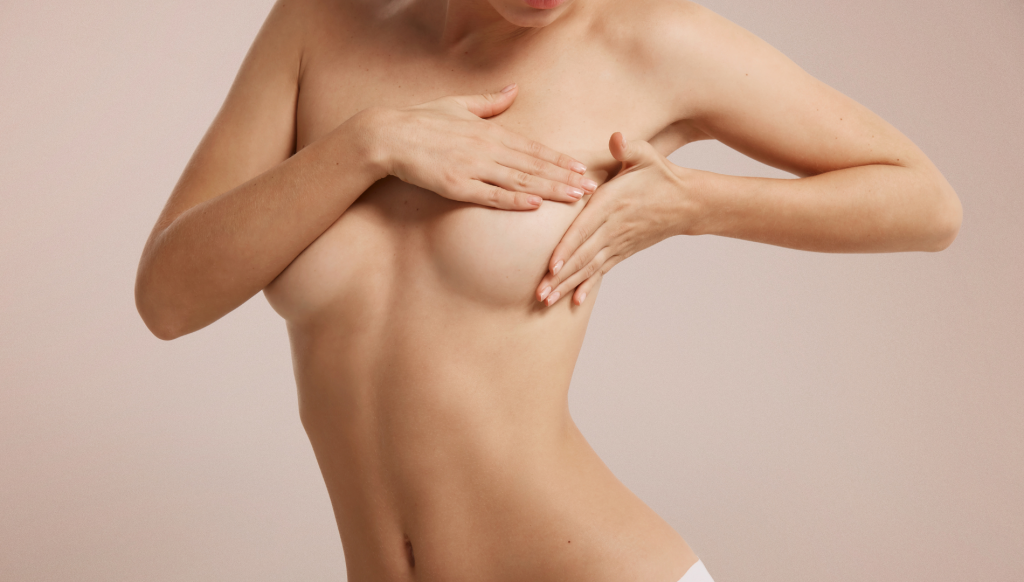
- Narrower base with less fullness.
- Often seen during puberty but may also persist into adulthood.
5. East-West Breasts
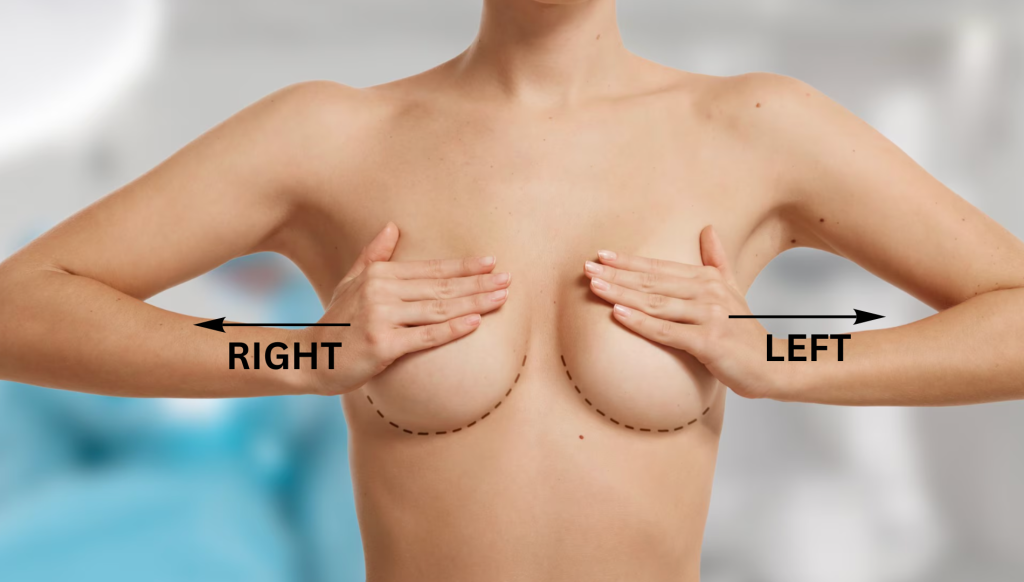
- Nipples point outward with more space between breasts.
- A natural variation that affects how certain bras fit.
These categories show that there is no “normal” or “ideal” breast type. Diversity is natural, and each shape is equally valid.
Factors Influencing Breast Size
Breast size is not determined by a single factor. Instead, it results from an interplay of biology, environment, and lifestyle.
1. Genetics
Family history plays a major role. If women in the family have larger or smaller breasts, it is likely the next generation will inherit similar traits.
2. Hormones
Breast tissue is sensitive to hormonal changes.
- Puberty: Estrogen stimulates breast growth.
- Pregnancy: Increased hormones cause glands to enlarge in preparation for breastfeeding.
- Menopause: Lower estrogen levels often reduce breast fullness.
3. Body Weight
Since breasts are composed largely of fatty tissue, fluctuations in weight directly influence breast size and shape.
4. Age
With age, breast tissue naturally loses elasticity and firmness due to reduced collagen and changes in skin structure.
5. Lifestyle & Environment
- Diet and exercise influence body fat composition.
- Smoking accelerates skin aging and reduces firmness.
- Certain medications, like hormonal therapies or birth control, may temporarily affect size.
How to Measure Breast Size Accurately
A well-fitting bra is essential not only for comfort but also for posture and breast health. Unfortunately, studies show that a majority of women wear the wrong bra size.
Step-by-Step Guide
- Measure Band Size: Wrap a measuring tape snugly around the ribcage, directly under the bust. Round to the nearest whole number.
- Measure Bust Size: Place the tape around the fullest part of the breasts without compressing the tissue.
- Calculate Cup Size: Subtract the band measurement from the bust measurement. Each inch of difference corresponds to a cup size (1 inch = A, 2 inches = B, 3 inches = C, and so on).
Important Note
Cup size is relative to band size. For example, a C cup on a petite woman will look very different from a C cup on a larger frame. This is why professional bra fitting services can be invaluable.
Myths and Facts About Breast Size
Misinformation about breast size is widespread. Here are some common myths clarified with facts:
- Myth 1: Bigger breasts are healthier.
Fact: Size has no link to overall health. In fact, larger breasts can sometimes cause back pain, neck strain, or posture problems. - Myth 2: Breast size is only genetic.
Fact: While genetics matter, hormones, lifestyle, and body weight also play significant roles. - Myth 3: Breasts stop changing after puberty.
Fact: Pregnancy, breastfeeding, menopause, and even lifestyle changes all influence breast size throughout life. - Myth 4: Exercise can increase breast size.
Fact: Exercise strengthens chest muscles but does not increase breast tissue volume. However, it can improve lift and shape.
Breast Size and Body Image
Breast size often impacts how women perceive themselves. For some, dissatisfaction with their size can lead to self-consciousness or reduced confidence. For others, larger breasts may cause physical discomfort.
Embracing Natural Size
Body positivity movements emphasize that no single breast size or shape defines femininity. Confidence comes from embracing individuality and understanding that diversity is natural.
Considering Cosmetic Options
Some women, however, wish to alter their breast size for personal or medical reasons. Options include:
- Breast Augmentation: Using implants or fat transfer to increase size.
- Breast Reduction: Reducing breast volume to relieve discomfort and achieve proportion.
- Breast Lift (Mastopexy): Restoring firmness and position, often after pregnancy or weight loss.
These procedures are highly personalized. Consulting a qualified and experienced plastic surgeon ensures that choices are safe, realistic, and aligned with the patient’s expectations.
Dr. Sumit Malhotra – Trusted Expertise in Breast Surgery
When it comes to cosmetic breast procedures in Lucknow and across India, Dr. Sumit Malhotra is a leading name in the field of plastic and reconstructive surgery.
Credentials and Experience
- Over 20 years of surgical expertise in cosmetic and reconstructive surgery.
- Consultant at Apollo Hospitals, Lucknow.
- Specialist in breast augmentation, breast reduction, breast lift, and reconstructive breast surgery.
Patient-Centered Approach
Dr. Malhotra’s philosophy is grounded in:
- Ethical Practice: Providing patients with realistic expectations.
- Safety First: Operating only in accredited facilities.
- Natural Results: Enhancing proportions without compromising individuality.
For women considering surgery to address concerns about breast size, his balanced approach combines medical precision with aesthetic understanding.
Frequently Asked Questions (FAQs)
1. Does breast size affect breastfeeding?
No. Breast size does not determine the ability to breastfeed. Milk production depends on glandular tissue, not breast volume.
2. Can weight loss reduce breast size?
Yes. Since breasts contain fatty tissue, weight loss often reduces breast volume.
3. Is breast asymmetry normal?
Absolutely. Nearly all women have some degree of asymmetry between breasts.
4. Do hormones affect breast size?
Yes. Hormones like estrogen and progesterone influence changes during puberty, menstrual cycles, pregnancy, and menopause.
5. Can I change my breast size naturally?
Only minor changes occur naturally due to weight fluctuations or hormonal shifts. Significant alterations typically require surgical procedures.
6. How do I know if I need surgery?
Surgery is a personal choice. Women may consider it if they experience physical discomfort, lack confidence, or desire a change in proportion. The first step is a consultation with a certified surgeon to explore safe and suitable options.
Visit Today For Consultation
Women’s breast size is shaped by a complex combination of genetics, hormones, lifestyle, and age-related changes. It is natural for size and shape to vary widely, and these changes occur throughout different stages of life. No single size or shape defines beauty. What matters most is comfort, health, and confidence in one’s own body. While many women embrace their natural size, others may seek cosmetic procedures for enhancement or reduction. Both approaches are valid, provided the decision is informed and guided by expert consultation.
With decades of experience in breast surgeries, Dr. Sumit Malhotra continues to provide women with safe, ethical, and natural results in Lucknow and beyond. For women exploring cosmetic or reconstructive options, scheduling a consultation with him offers clarity, confidence, and expert guidance in making the right decision for their body.

